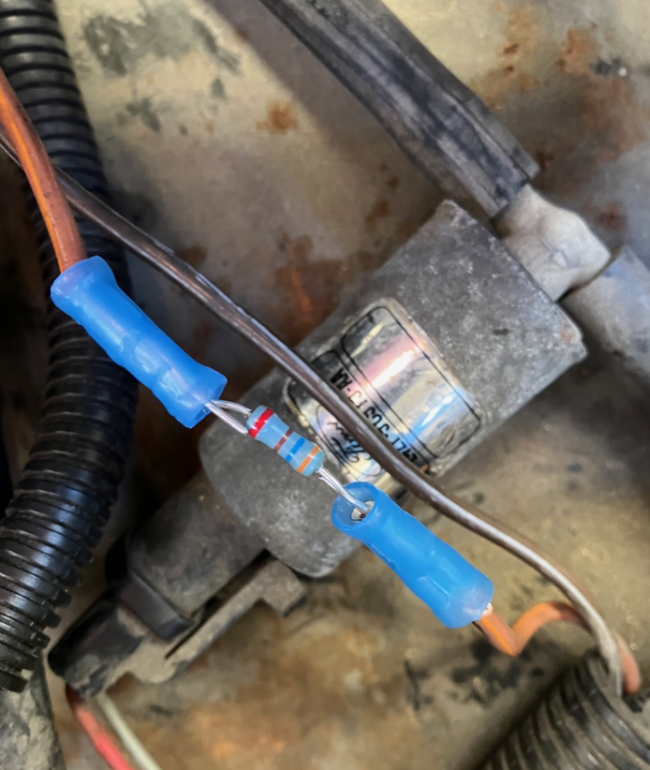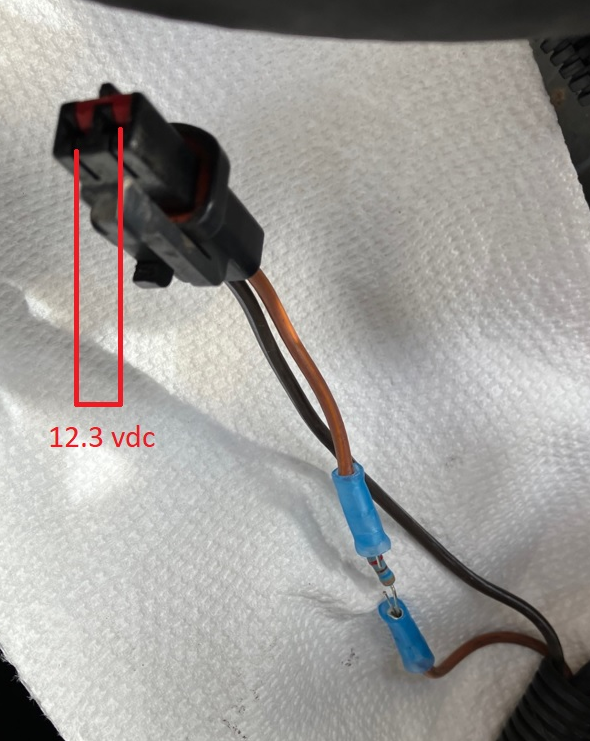I have only seen timing belts be a problem when not serviced.Some years of my dad's old Benz had plastic timing chain guides that would wear out, go out of time, and munch the engine. Using ANYTHING plastic, nylon, or rubber in a timing system is dumb as hell IMO. Seen plenty of timing chain motors go 250k without timing system service. I freaking hate timing belts of any kind.
When the Volvo cars got an overhead cam driven by a toothed belt, they scheduled inspection of the belt in a regular intervals and replacement pretty early, like maybe 40 or 50,000 miles. The preventive maintenance paid off, I never saw any of them get towed in with a bad timing belt. I saw many 2.3 Mustangs towed in with broken timing belts. Of course they were significantly higher mileage, but the preventive replacement intervals were not seen on the Ford manual. I changed my Mustang belt every 50,000 and never had to call for a ride home. Those were both quick and pretty easy to change the belts, not like today's cars.








